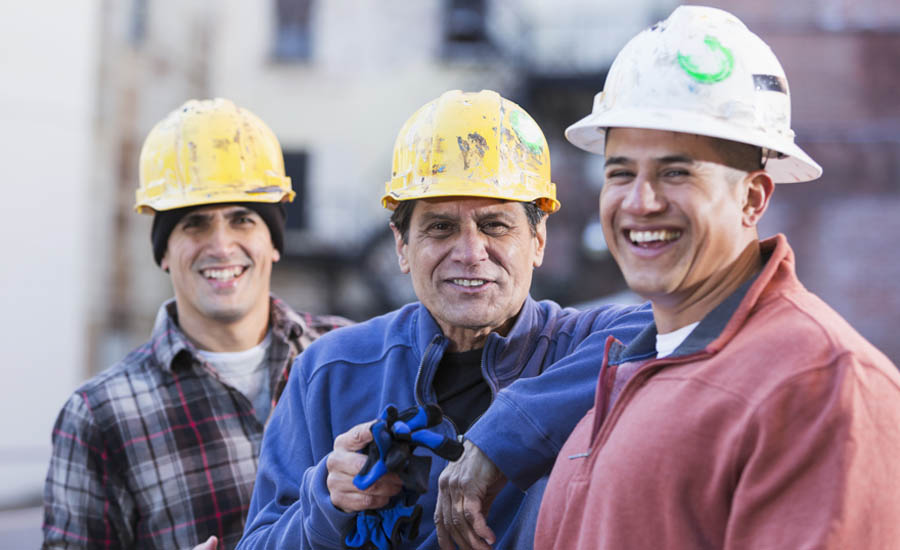Non-native workers in the United States employed in small construction companies received less safety and health training than non-native workers in larger companies, according to research by the National Institute for Occupational Safety and Health (NIOSH) and the American Society of Safety Engineers (ASSE). The research recently appeared in the journal Safety Science.
Construction is an industry with one of the highest work-related death rates in the country. According to the Bureau of Labor Statistics, in 2015 almost one fifth of work-related deaths occurred among construction workers. Training is a critical part of workplace safety and health, both when beginning a new construction job and then continuing on an ongoing basis.
Size matters
Many of the construction industry’s 10 million-plus employees work in small companies, defined here by NIOSH as those with fewer than 50 employees. Previous research by NIOSH and ASSE found that workers in small companies, as well as young workers (under the age of 25) and non-native workers, face an increased risk for work-related illness and injury when compared to other workers. What was not previously understood was how training practices compared between small and large companies, and between native and non-native workers.
Accordingly, NIOSH investigators analyzed the results of an ASSE survey asking construction companies of different sizes and worker populations about their training practices. Data collected from 268 construction business representatives suggest that non-native workers in small companies received fewer hours of training, both when joining the company and on a monthly basis, than non-native workers in companies with 50 or more employees. In fact, compared to non-native workers in larger companies, non-native workers in small companies were significantly less likely to receive every type of safety training surveyed. This training included pre-work and job-specific instruction, as well as training required by federal and state regulations and the Occupational Safety and Health Administration 10-hour training for construction. Furthermore, smaller companies were less likely to have supervisors on staff who speak the same language as non-English-speaking workers.
What the findings point to
This research is important because it sheds light on the work-related safety and health training practices of small and large construction businesses. The findings highlight the need for work-related safety and health training specifically among non-native workers in smaller construction companies.
The online survey administered by ASSE to its members comprised 34 questions about on-the-job training in safety and health. In addition to asking about types and amount of training, the survey included questions about which workers receive occupational safety and health training, and how the company delivers and evaluates this training.
More information is available:
- Differences in Safety Training among Smaller and Larger Construction Firms with Non-native Workers: Evidence 0f Overlapping Vulnerabilities
- Overlapping Vulnerabilities: The Occupational Health and Safety of Young Immigrant Workers in Small Construction Firms (NIOSH and ASSE Report)
- NIOSH: Construction Safety and Health



